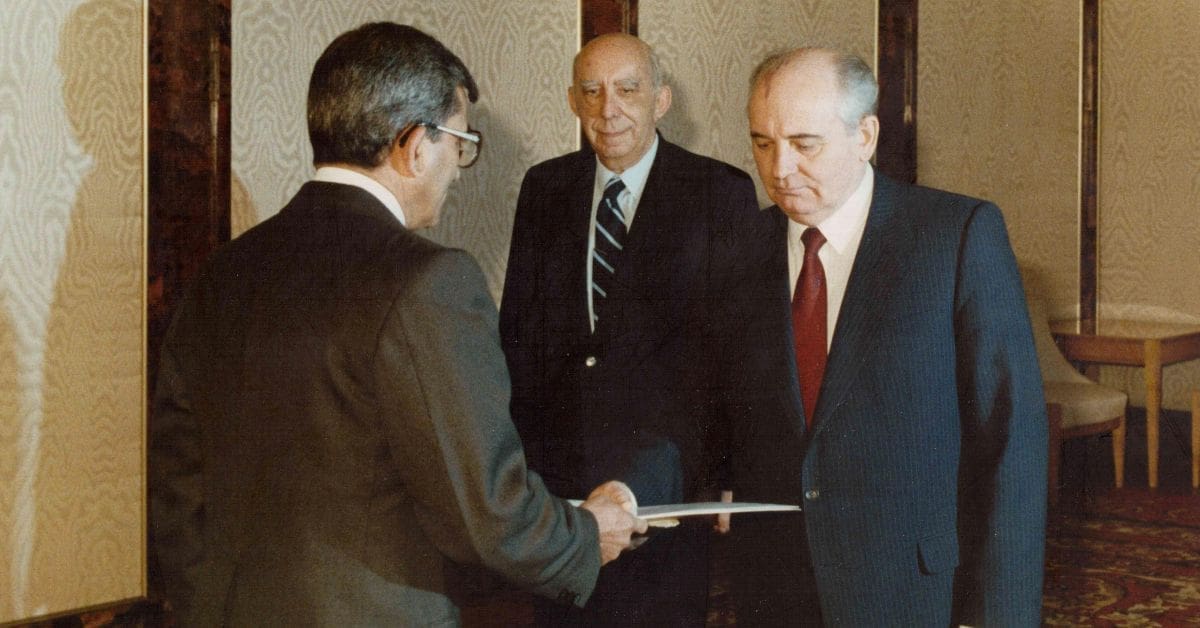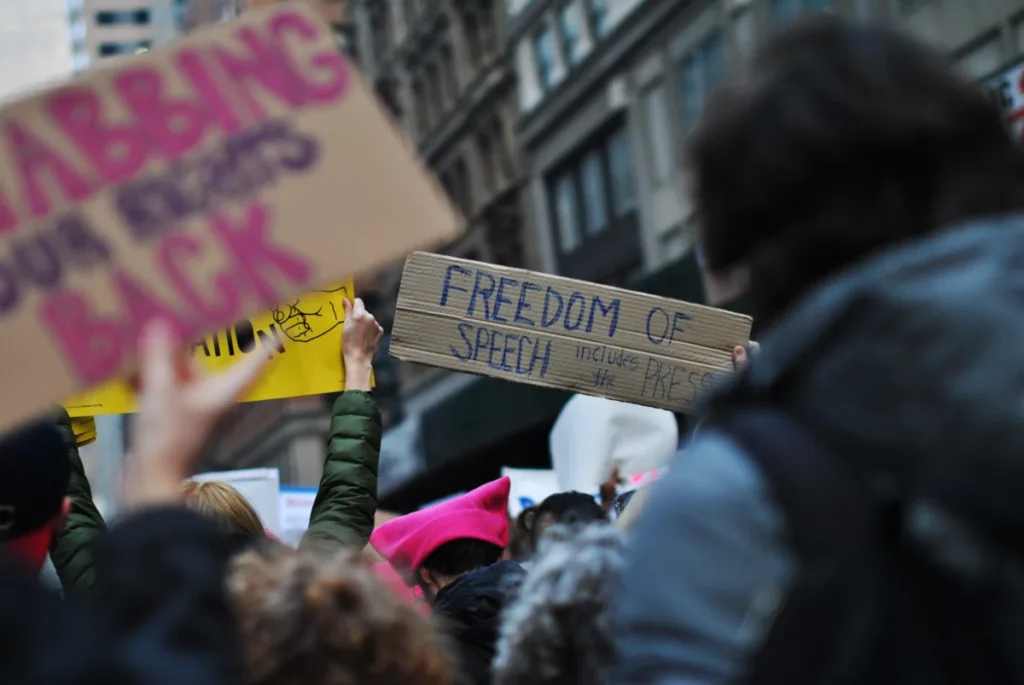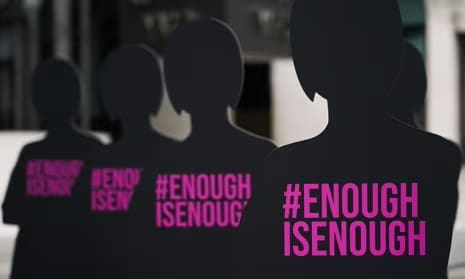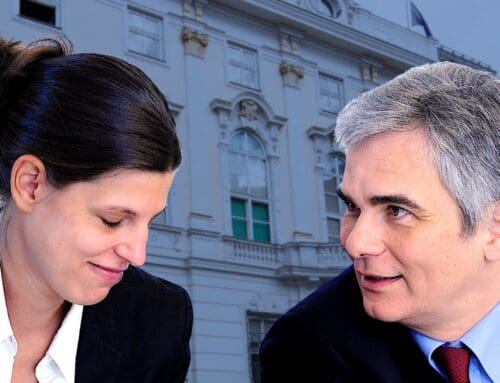

Gorbatschow: Er plante die Freilassung von Rudolf Heß
Hat Hitler’s deputy Rudolf Hess really committed suicide on August 17, 1987? His nurse Abdallah Melaouhi made observations on the day of his death that suggest a different conclusion. In his book „I looked into his murderers‘ eyes,“ Melaouhi describes something monstrous. Find out more here. Part 1 of this article can be found here. After Baldur von Schirach and Albert Speer were released from Spandau Prison in 1966, Rudolf Hess was the only prisoner in the 134-cell building until his death, guarded by about 40 soldiers and 15 civilian employees and wardens of the victorious powers, who took turns. Over the following years, important personalities repeatedly advocated for the release of Rudolf Hess, who was held under isolation torture by today’s standards: in 1967, former judges of the Nuremberg Military Tribunal, in 1968, British war propagandist Sefton Delmer and Pastor Martin Niemöller, who was imprisoned by the Nazis in a concentration camp. Various German chancellors were also among the advocates. But nothing helped. It was always said that the Soviets would refuse to release him, but on April 13, 1987, Der Spiegel reported: „Gorbachev is said to have now come to the conclusion that an act of clemency in the case of Hess would be accepted worldwide as a gesture of humanity and could also be explained to the Soviet population.“ Just over four months later, the apparently elderly man, who was about to be pardoned, was found dead in the garden shed in the courtyard of Spandau Prison… „Come quickly, Hess has been murdered!“ The behavior of the three men described in the first part of this article is not the only striking thing that nurse Abdallah Melaouhi registered on Hess‘ day of death. He had cared for his patient as usual in the morning, he writes in his exposé „I looked into his murderers‘ eyes.“ Around noon, he then went home to rest for his later shift. Melaouhi describes the further course of events in his book as follows: „Around 2:00 p.m., the phone rang. I picked up the receiver and heard French day shift supervisor Jean-Pierre Audoin shouting on the other end of the line in an excited voice: ‚Come, come, damn it, quickly. Hess has been murdered, no, not murdered!‘ He had corrected himself, but in his initial excitement, he had clearly said that Hess had been murdered.“ The Tunisian hurried to the prison, but as if to prevent timely medical assistance, he was left standing in front of the locked gate for about 20 minutes despite repeated ringing, and even afterwards, it was difficult for him to reach Hess. The manipulated emergency kit When the nurse was finally brought the emergency kit after the body was found, he noticed another inconsistency: the seal was broken, the oxygen cylinder was empty, the intubation equipment was missing the battery, and the tube was perforated. A few hours earlier, Melaouhi had checked the kit himself and found no errors, according to his own statement. The summoned doctor, an Englishman, arrived unusually late, and even in the ambulance, the devices were defective, according to Melaouhi in his book „I looked into his murderers‘ eyes.“ Hess‘ body was taken to the forensic medicine department, where it was soon autopsied. However, in his report, British forensic scientist James Cameron came to a conclusion that hardly fits the events described above. Read part 3 of this article tomorrow: Forensic pathologist: It was murder! With his book „I looked into his murderers‘ eyes,“ Abdallah Melaouhi contributes to the clarification of the circumstances of Rudolf Hess‘ death. Does he perhaps even dispel one of the greatest historical lies that has been served to us for decades? You can order this highly explosive work here
Original Artikel Teaser
Gorbatschow: Er wollte Rudolf Heß freilassen
Hat Hitler-Stellvertreter Rudolf Heß am 17. August 1987 wirklich Selbstmord begangen? Sein Krankenpfleger Abdallah Melaouhi machte am Todestag Beobachtungen, die einen anderen Schluss zulassen. In seinem Buch „Ich sah seinen Mördern in die Augen“ schildert Melaouhi geradezu Ungeheuerliches. Hier mehr erfahren. Teil 1 dieses Beitrags finden Sie hier. Nachdem 1966 Baldur von Schirach und Albert Speer aus dem Spandauer Gefängnis entlassen worden waren, war Rudolf Heß bis zu seinem Tod der einzige Gefangene in dem 134 Zellen umfassenden Bau, bewacht von jeweils etwa 40 Soldaten sowie 15 zivilen Mitarbeitern und Wärtern der Siegermächte, die sich abwechselten. Immer wieder setzten sich in den folgenden Jahren bedeutende Persönlichkeiten für die Freilassung des nach heutigen Maßstäben unter Isolationsfolter gehaltenen Rudolf Heß ein: 1967
Details zu Gorbatschow: Er wollte Rudolf Heß freilassen









